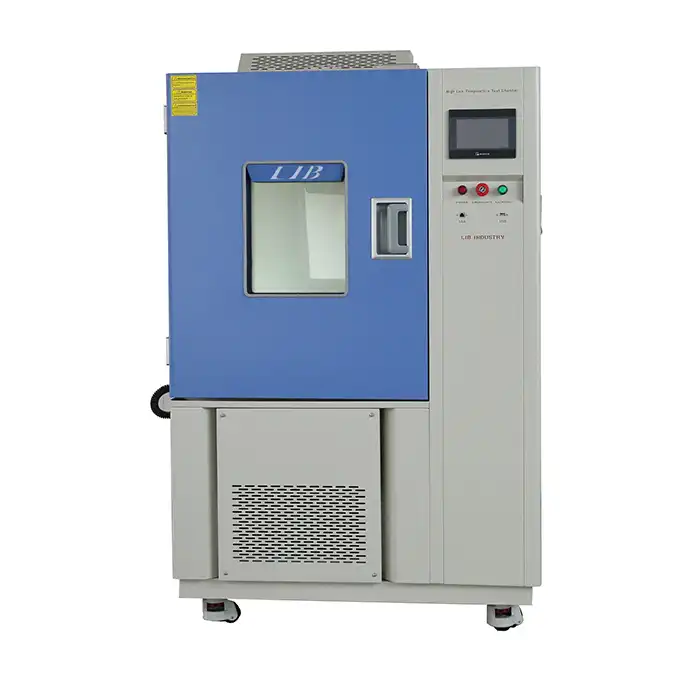Contact Us
 +8618700875368
+8618700875368
No.6 Zhangba First Street, High-Tech Area, Xi'an City, Shaanxi Province, P.R. China 710065
How does a Benchtop Environmental Chamber work?
2024-02-19 18:38:35
In this article, we will discuss the different environmental conditions that a desktop Benchtop Environmental Chamber can simulate, the role of this equipment in product research and development, how it works, and how to choose a desktop environmental test chamber that suits your needs.
What environmental conditions can the desktop Benchtop Environmental Chamber simulate?
The desktop Benchtop Environmental Chamber is a piece of equipment designed to simulate various environmental conditions to test the performance and durability of products. It is capable of simulating various levels of temperature, humidity, and other environmental factors like vibration, shock, and corrosion. This hardware is great for testing electronic parts, materials, and items in different enterprises, including aviation, auto, and clinical.
Temperature:
One of the essential abilities of a natural chamber is temperature control. Manufacturers are able to test the performance and functionality of their products in a variety of climatic conditions thanks to its ability to simulate extreme hot and cold temperatures. These chambers commonly have a wide temperature range, from - 70°C to +200°C or significantly higher, contingent upon the model. They can quickly replicate temperature changes or keep the temperature constant for a long time, allowing for faster aging or long-term testing.
Humidity:
The testing environment's humidity can also be controlled by environmental chambers. This is especially important for products whose operating environments may have high humidity or moisture levels. The chambers can reproduce relative mugginess (RH) levels going from 10% to 98% or higher, contingent upon the model. This permits makers to assess the effect of stickiness on item execution, material corruption, consumption opposition, and other applicable boundaries.
Altitude:
A natural chambers are outfitted with the capacity to reproduce high elevation conditions. These chambers can mimic low-pressure environments found at high altitudes by lowering the pressure of the atmosphere. This is especially useful for testing products that may encounter low-pressure conditions during transportation or use at high altitudes, such as aircraft components, electronic devices, and packaging materials.
Warm Cycling:
Products are subjected to repeated temperature changes during thermal cycling. Natural chambers can perform warm cycling tests by quickly shifting back and forth among hot and cold temperatures inside a predetermined reach. Products' mechanical and electrical properties, such as their resistance to thermal expansion, contraction, and fatigue, can be assessed with this information.
Vibration:
Vibration capabilities are included in the equipment of some advanced environmental chambers. They can reenact different vibration profiles, like irregular, sinusoidal, or mechanical shock, to test the item's capacity to endure vibrations experienced during transportation, activity, or other genuine situations. Product design, manufacturing, and material weaknesses can all be identified through vibration testing.
Sun powered Radiation:
Natural chambers can likewise mimic sun oriented radiation to assess the effect of daylight openness on items. Artificial sunlight is typically emitted from these chambers by specialized lamps that replicate specific wavelengths and intensities. Testing for solar radiation is especially important for outdoor equipment, automotive components, paints, coatings, and materials that are prone to UV degradation or discoloration.
Destructive Conditions:
A few applications require the evaluation of item execution in destructive conditions. Natural chambers can reproduce destructive circumstances by presenting explicit gases, like sulfur dioxide (SO2), nitrogen dioxide (NO2), or chlorine (Cl2), into the test chamber. Products' corrosion resistance, material compatibility, and durability in aggressive environments are all aided by this kind of testing.
Residue and Particulate Pollution:
Natural chambers can be furnished with dust generators to present controlled measures of residue or particulate matter into the testing climate. Manufacturers can now evaluate how dust accumulation affects product performance, dependability, and lifespan thanks to this. Dust testing is fundamental for items presented to dusty or filthy conditions, for example, electronic gadgets, air channels, and car parts.
What is the role of desktop environmental test chamber in product research and development?
The Benchtop Environmental Chamber plays a vital role in product research and development. Before launching a new product in the market, manufacturers need to ensure that it meets the regulatory requirements and customer expectations. The desktop environmental test chamber helps manufacturers to perform various environmental tests to identify any weaknesses in the product's design or materials. This equipment also helps manufacturers to improve the product's performance, reliability, and durability by identifying problems early in the development process.
How does an Benchtop Environmental Chamber work?
The Benchtop Environmental Chamber works by creating a controlled environment where products can be tested under different environmental conditions. The equipment is designed to maintain specific temperature and humidity levels using a refrigeration system, heating elements, and a humidification system. The equipment also includes a fan that circulates the air to ensure uniformity of temperature and humidity levels inside the chamber. The Benchtop Environmental Chamber is also equipped with sensors that monitor and display the temperature, humidity, and other environmental conditions in real-time.
How to choose a desktop environmental test chamber that suits your needs?
When choosing a desktop environmental test chamber, it is essential to consider several factors such as the type of product to be tested, the required environmental conditions, and the budget. The equipment should be able to simulate the environmental conditions that your product will be exposed to during its life cycle. It is also important to consider the size and capacity of the chamber, as well as its reliability and ease of use. Additionally, you should choose a reputable and experienced manufacturer who can provide high-quality equipment and excellent after-sales services.
In conclusion, the Benchtop Environmental Chamber is a critical piece of equipment for product research and development. It helps manufacturers to identify any weaknesses in the product's design or materials and improve its performance, reliability, and durability. When choosing a desktop environmental test chamber, it is essential to consider several factors, including the type of product to be tested, the required environmental conditions, and the budget. At LIB Industry, we provide Turn-key solutions for environmental testing, from research, design, production, commissioning, delivery, installation, and training. If you want to learn more about our Benchtop Environmental Chambers, please contact us at info@libtestchamber.com.
References:
1. "Environmental Testing Equipment Market - Global Forecast to 2023" by Markets and Markets
2. "Environmental Testing Handbook: Physical, Chemical, and Microbiological Methods" by Sharon L. Weinland and Robert S. Hirsch
3. "Introduction to Environmental Engineering and Science" by Gilbert M. Masters and Wendell P. Ela
Send us a message
Please Leave your Message Here! We Will Send Detail Techincal Brochure and Quotation to you!

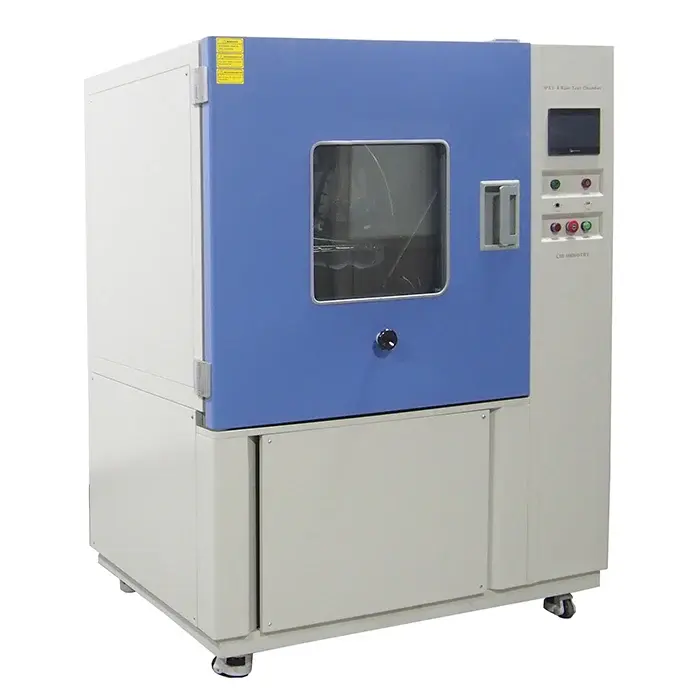
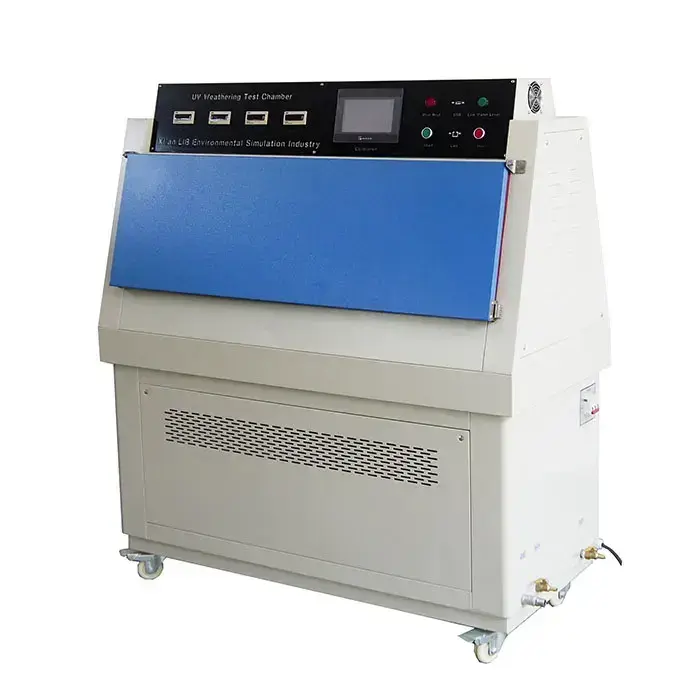
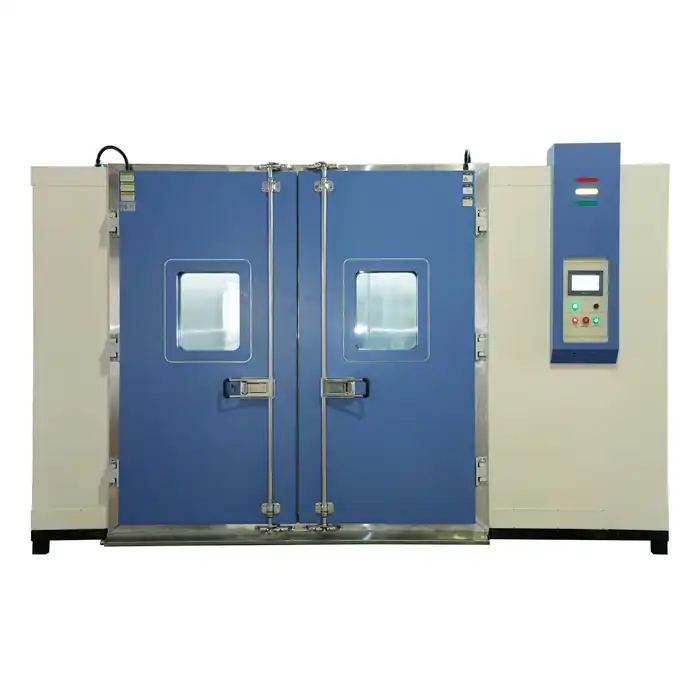
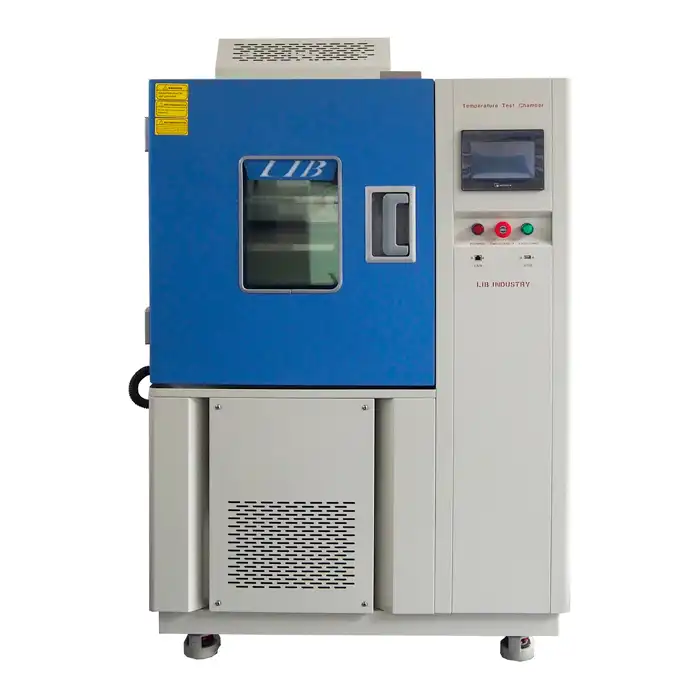
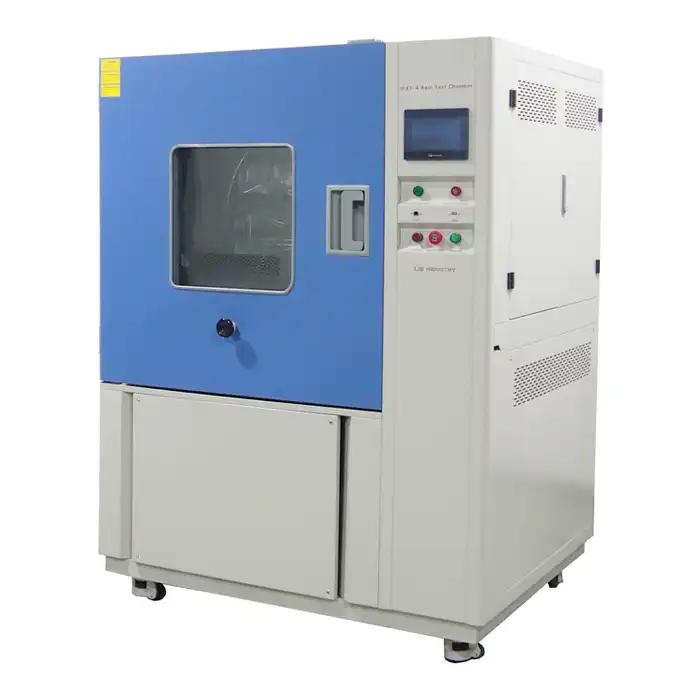
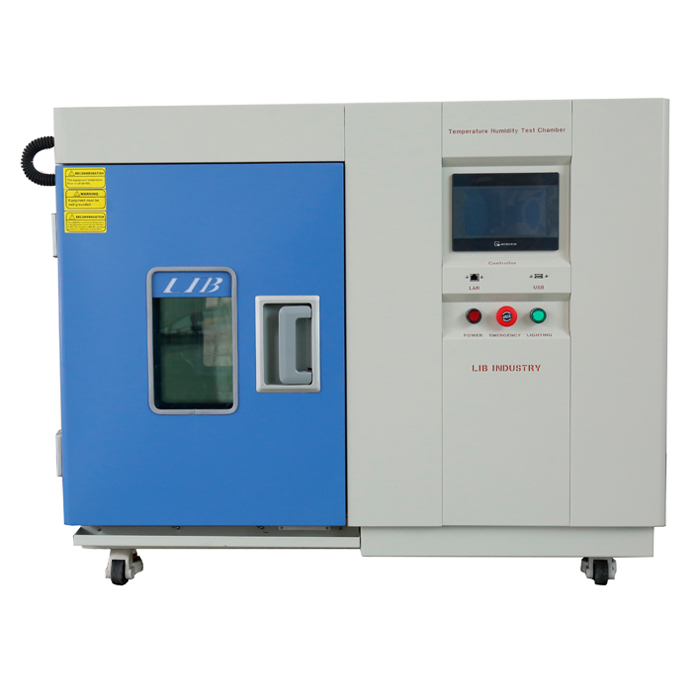
.webp)
